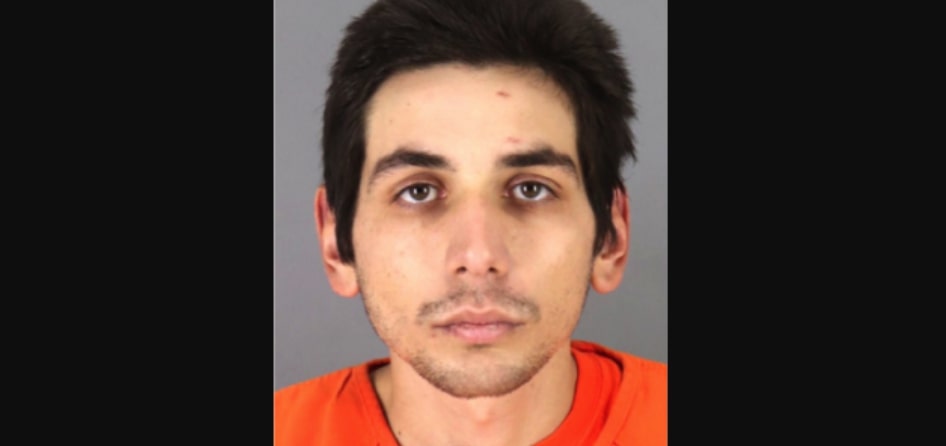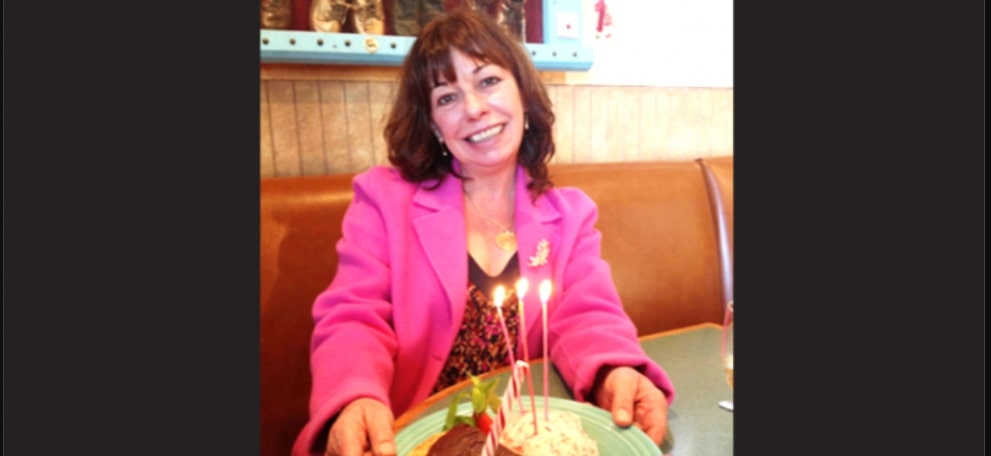In December 2018, police responded to the home of Kathleen Anderson in Menlo Park, California, where they discovered a brutal crime scene and confirmed her death. Although some clues were immediately apparent, the case proved far more complex than it first seemed, with investigators struggling to identify the motive behind the crime. The true-crime documentary ‘The Tech Bro Murders: Killer Code’ explores the details of the case, from the investigation to the arrest of the perpetrator. It also highlights the remarkable life Kathleen led and the profound impact her loss had on those who knew her.
Kathleen Anderson’s Friend Called the Police to Report Her KIlling
Kathleen Hughes Anderson moved to California in the 1980s from Decatur, Illinois, to complete her studies. She was known as a hardworking and dedicated woman, full of ambition and determination for her future. In the late 1970s, she married Billy “Andy” Anderson, and together they built a life in California. In 1989, Kathleen became the arborist for the town of Atherton, a role she truly cherished. She was passionate about landscaping and trees. She poured the same care into her own home and took pride in the beautiful garden she created. Billy, meanwhile, owned Dahl Plumbing in Palo Alto, California. The couple found in each other everything they had hoped for.

Kathleen and Billy never had children, but she found fulfillment in the close circle of friends and community she had built. When Billy passed away in 2007, Kathleen faced a difficult period of grief but eventually regained her footing. She stayed active, continued her work, and even began dating again. By November 2011, she had retired and enjoyed spending her days at her Menlo Park home, pursuing her own interests. On the night of December 12, 2018, her friend Daniel Baggett grew concerned and contacted the police to come to her house, as he had found her remains. When officers arrived, they discovered Kathleen had been stabbed and suffered multiple other brutal injuries.
The Killer Stayed in Kathleen’s House For Hours After the Murder
When police arrived at Kathleen Anderson’s home, they encountered Daniel Baggett and another man, later identified as Francis Wolke. Baggett was holding Wolke at knifepoint, and both men were taken into custody. At the station, Daniel explained that he had felt a “pull” toward Kathleen’s house, as though she wanted him to be there. Upon arriving, he claimed, he found Francis inside with Kathleen’s body and restrained him at knifepoint until authorities arrived. Investigators then turned their attention to questioning Wolke about what had happened. Wolke confessed to killing Kathleen and admitted that he neither knew her nor had any connection to her. He had moved from Cincinnati to Silicon Valley in 2014, hoping to succeed as a tech entrepreneur.
However, after being fired from a job where he was working on an operating system, Wolke became homeless for about six months. Eventually, he returned to live with his parents before coming back to California just two days prior to the murder. Wolke claimed he suffered from auditory hallucinations and delusions, insisting that voices told him the “top 1%” maintained their power through ritualistic sacrifices and that this was what he sought to carry out. He had entered her house and tried to strangle her. When that did not work, he stabbed her in the eye with a pen and then used a hacksaw to almost decapitate her. The police concluded that he had spent hours in the house, including taking a nap, and would have most probably fled if Bagget had not found him.
Francis Wolke is Serving His Sentence Today

Francis Wolke’s trial began in March 2023, where his defense team entered a plea of not guilty by reason of insanity. They argued that he had been experiencing psychosis, driven by delusional beliefs, and was not in a sound state of mind at the time of the crime. Despite this, the jury convicted him of first-degree murder, and he was sentenced to 26 years to life, with more than 1,600 days credited for time already served. Records indicate he has been receiving medical treatment, as his incarceration status currently lists him as “out to hospital.” At 33 years old, he will first be eligible for parole in 2036.
Read More: Debbie Rediess Murder: Where is Randall Creek Now?


